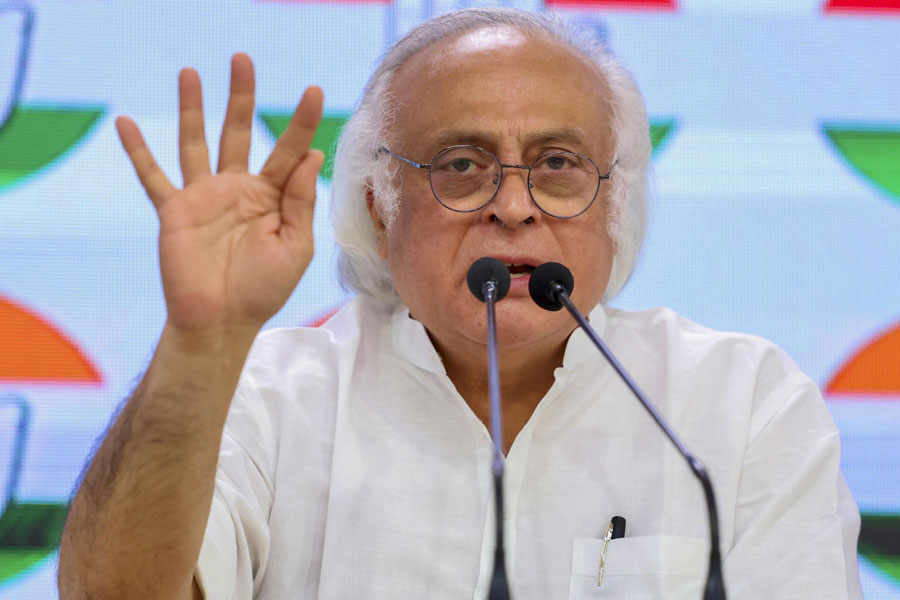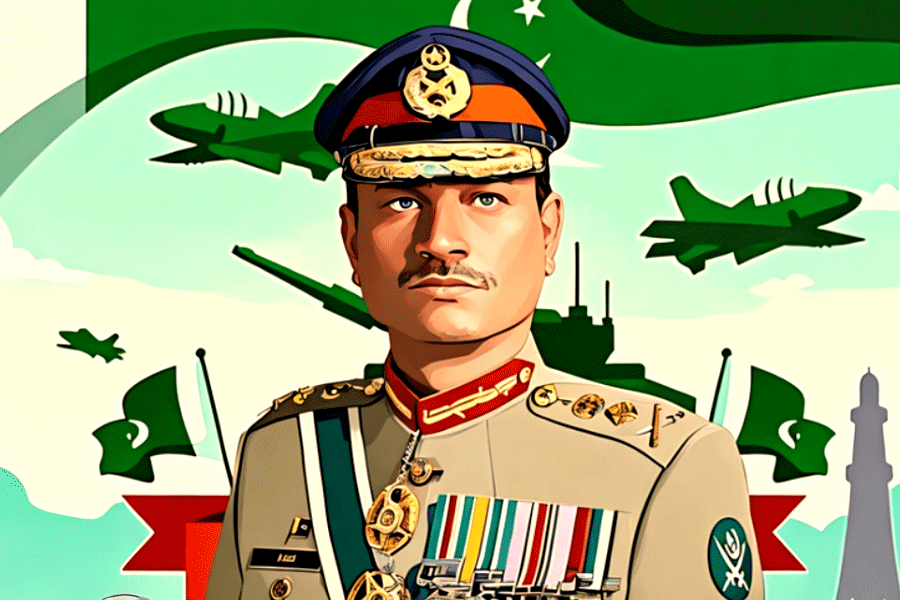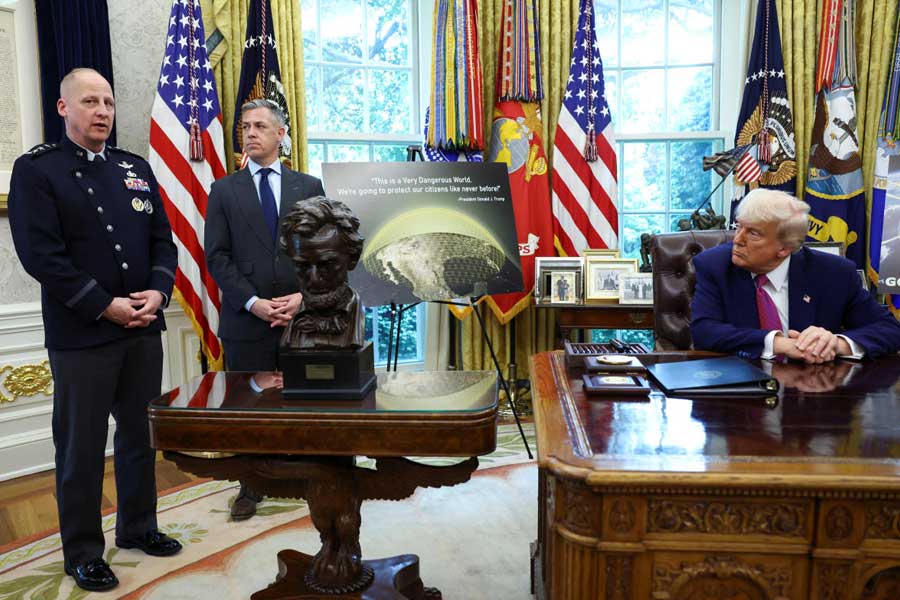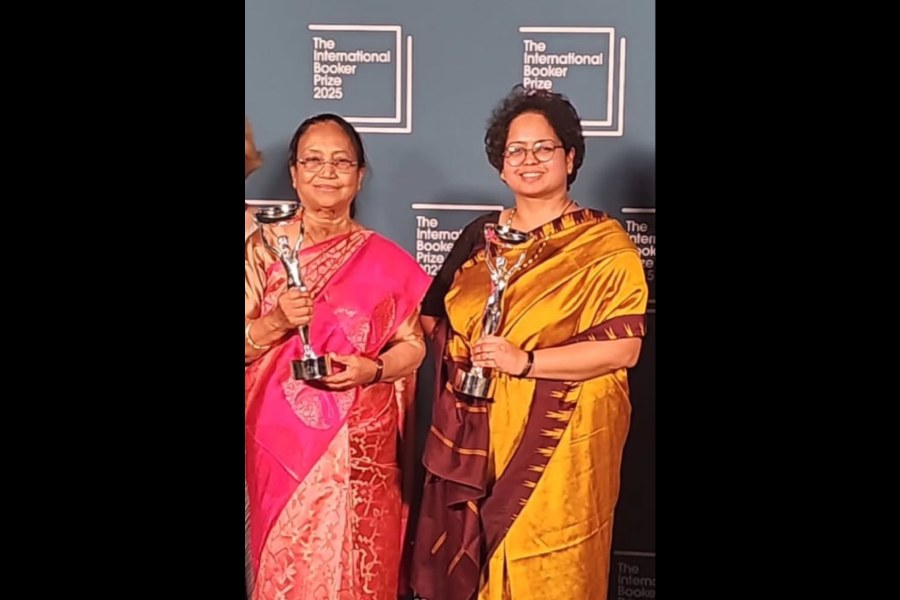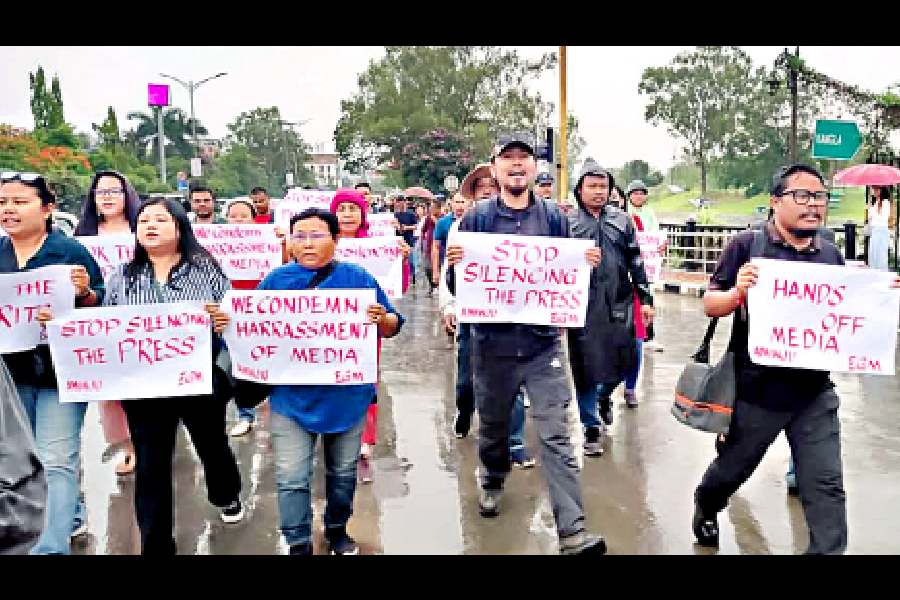The “clash of civilizations” is a much talked about issue in India today. Brought to the forefront by the campaign against international terrorism, this theory has overshadowed the subcontinent’s long record of positive interaction between different cultures.
In part this is related to how Indians perceive their past and the fact that the academic division of Indian history into Hindu, Muslim and British periods have skewed their notions in this regard. Although these periods were subsequently renamed ancient, medieval and modern history, it had little effect. Indian history continued to be seen as a zero sum game in which the rise of one culture was equated with the downfall of another. The focus remained on domination, not dialogue, on clash not co-mingling.
A case in point is the almost exclusive identification of Sanskrit with ancient India. An erroneous impression prevails that with the advent of Islam in the medieval ages, Sanskrit language and literature went into decline. But facts show otherwise.
Modern scholars like A.K. Warder of Toronto hold that much more Sanskrit kavya literature has been produced in the last millennium than in the preceding one. Researchers have identified no less than 172 Sanskrit authors who wrote in the hundred years between the 16th and 17th centuries on everything from poetry, drama and literary criticism, to medicine and jurisprudence, grammar and astronomy, religion, rituals and philosophy.
Textual encounters
Equally significant was the interaction of Sanskrit and Persian, which replaced the former as the language of the ruling classes. Evidence of this are the translation of Sanskrit works into Persian.
Some translations date to the Tughlak and Lodi regimes, but the most important ones were made during the Mughal rule. Scholars have catalogued five Persian renderings of the Mahabharata during this period, six of the Ramayana, twelve of the Puranas, four each of the Bhagvad Gita and Yoga Vasishtha, and one each of the Vedas and the Upanishads. As for secular works, there are six translation each of the Panchatantra and the Rajataringini history of Kashmir and as many as ten of the Simhasana Dvatrimsika tales of Vikramaditya. Persian versions were also made of Sanskrit texts of medicine and and mathematics, astronomy and astrology, comparative religion and philosophy.
Such activities presume a desire for mutual interaction, an understanding of the other culture as well as bilingual skills. The best known Persian rendering of the Mahabharata is the Razmnama for which Akbar commissioned a team of mullahs and pundits. Two later versions of the Ramayana in Persian verse were separately made by Girdhar Das and Sadullah Masih during the reign of Jahangir. A third in prose was done by Chandraman during Aurangzeb’s rule.
Forgotten treasure
Despite Aurangzeb’s orthodoxy, many Sanskrit texts were translated during his rule. These include Mirza Zamir’s Tarjumai Parijatak on Indian music and Pakhruddin’s Tuhfatul Hind on the fine arts, prepared for the emperor’s son.
But the greatest Mughal patron of Sanskrit learning was Aurangzeb’s elder brother, Dara Shikoh. He commissioned the Sirri Akbar, a Persian translation of 52 Upanishads, which was eventually re-translated into Latin and first introduced the Vedas to the West. Other notable Persian translations includes Faizi’s rendering of the Gita, the Katha Saritsagara, and the mathematical treatise, Lilavati.
A full evaluation of this vast Indo-Persian literature is yet to be made. It needs scholars proficient in both Sanskrit and Persian to compare the translations with the originals, judge their accuracy, and assess their impact on contemporary thinking. Meanwhile, most of these manuscripts lie in obscurity in libraries in Britain and elsewhere. But their very existence points to a fruitful cultural interaction in times which may appear to be very different if viewed from the sole perspective of “clash of civilizations”.


